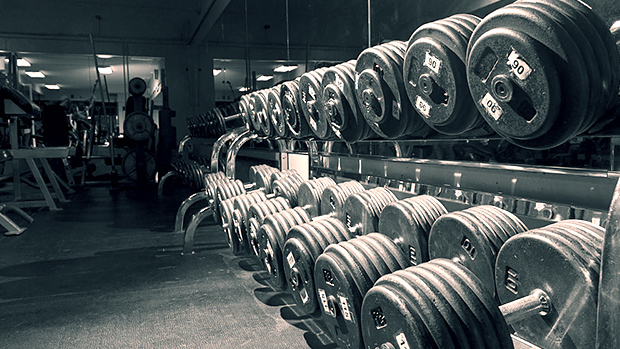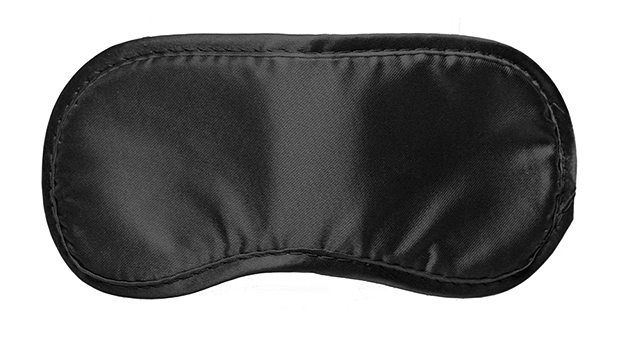"Attacking the bar violently" is not about banging your head on the bar before the lift. It's about moving the bar with the greatest amount of velocity as you can muster, from start to finish. Moving the bar violently is a form of compensatory acceleration training or CAT.
It's important to remember the "from start to finish" part. When most guys perform a lift at close to maximal ranges, like 90% or above, they'll initiate the rep with a lot of force or power. Then as they cross through the sticking point, or the part in the movement where they realize they'll indeed make the lift, they let up and cruise through the remaining range of motion.
With CAT, you continue to accelerate even after you've crossed over the sticking point. You train yourself to push much harder through the sticking point, and because you're practicing that, you'll learn you haven't been driving as hard as you thought in the initiation of the lift.
The speed at which you accelerate from the initiation of the lift is a major component of making it through the sticking point, or failing there. If there isn't enough velocity to help drive the bar through that muscular transitional phase of the lift, then you'll fail. This is why it's important to start the lift with as much acceleration as you can, and CAT will teach you to drive harder because it reinforces the cue of accelerate, accelerate, accelerate – from start to midpoint to finish.
Squats and deadlifts tend to respond to CAT very well using percentages of 60-75% of your 1RM, with higher volumes and low to moderate reps. Think 4-5 sets of 3-5 reps.
With the bench press the same set and rep scheme will work well, but with percentages a bit higher, in the 80-85% range – 5 and 3 reps there, respectively.
With conjugate style training, this resembles what most people think of as "speed work." However, for speed work to be effective, it can't be so light that it doesn't transfer over to maximal loads, nor can it be so heavy that the speed of the bar slows considerably. This is where CAT can slightly differ from what's known as speed work (often using 50% of your max).





